

Safety
James Young, CEO Airways New Zealand, discusses how technology, resilience and collaboration are shaping the future of air traffic management.


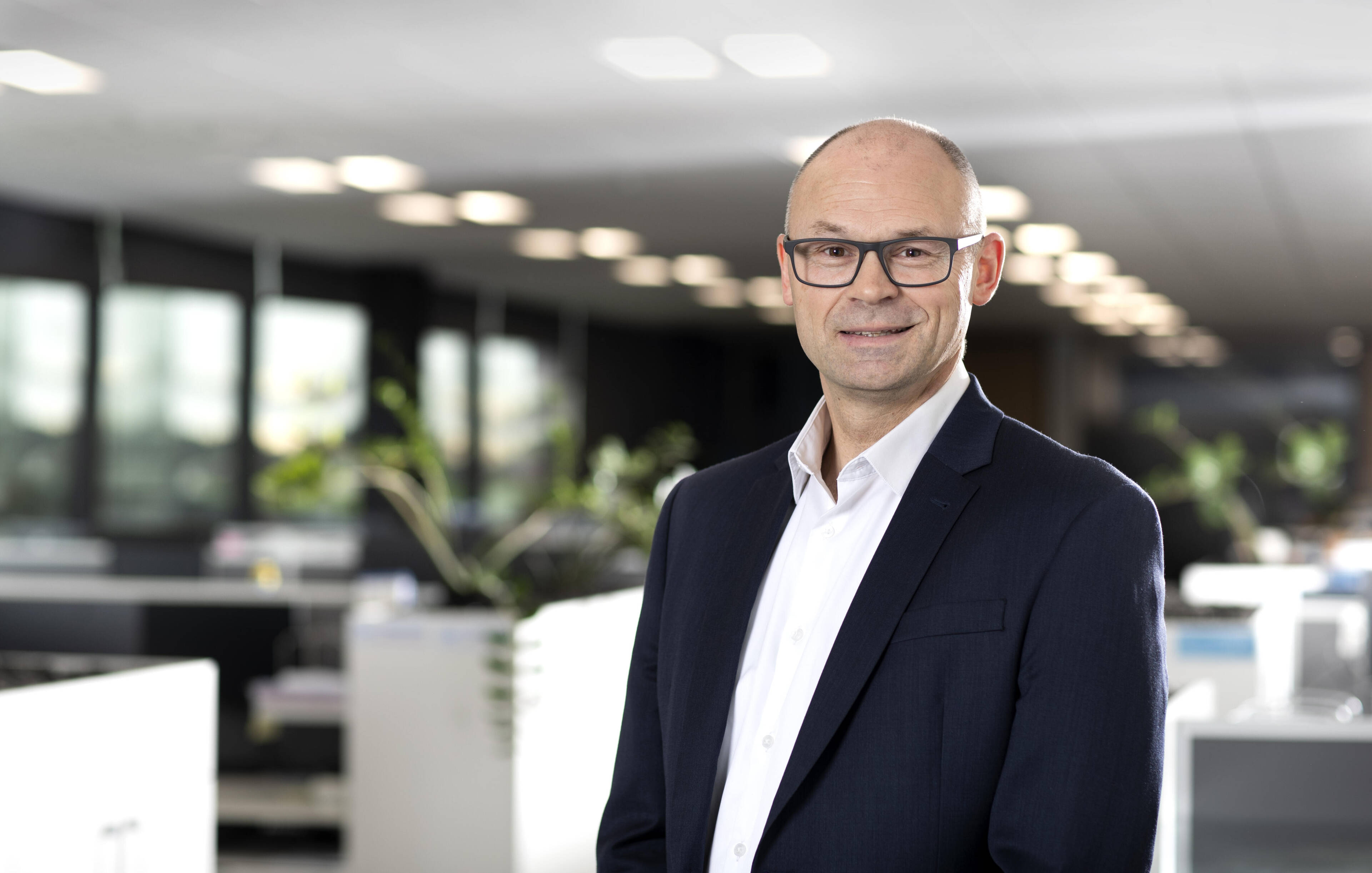

James Young, CEO Airways New Zealand
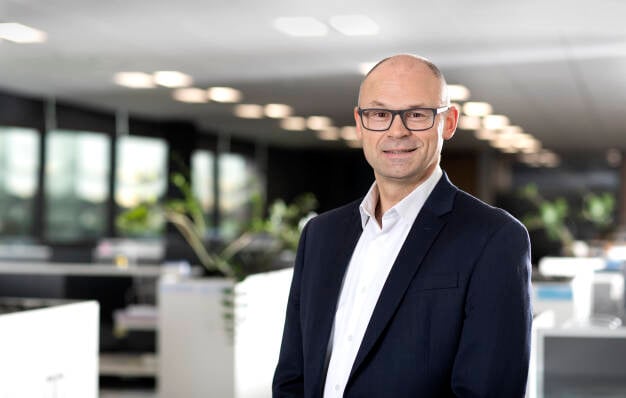
Continuous risk assessments and alignment with global standards help us stay ahead of emerging threats. A strong safety culture underpins everything we do. We embrace Just Culture principles, ensuring open reporting and learning to reinforce our safety management system.
A. As aviation evolves, we must integrate new airspace entrants safely. Airways received a CANSO award for its work on Advanced Air Mobility (AAM) and, with further development, we will be a in a good position for wider integration to happen.
However, clear rules and compliance are essential. Seamless coordination between air traffic management (ATM) and unmanned aerial system traffic management (UTM) will be key, with automation playing a vital role in handling increased complexity.
Cybersecurity is another priority, particularly as we adopt cloud-based solutions and integrate drones and other unmanned systems. These technologies rely on wireless communication, making them potential cyber targets if not properly secured.

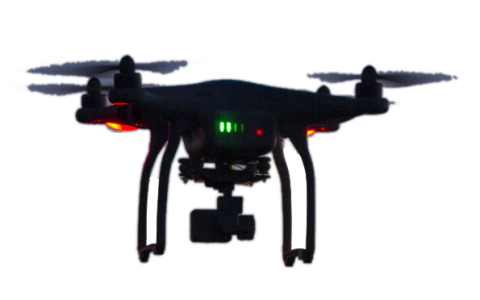

Workforce resilience is also a priority. With an aging workforce, we are proactively investing in training, recruitment and succession planning to secure future capabilities. Diversity is another focus, as varied perspectives enhance our decision-making processes. We are advocating for the training age for air traffic controllers in New Zealand to be lowered to 18 to attract school leavers. Fortunately, Airways has strong talent, and we continue investing in their development.
Beyond our people, we are modernising airspace architecture to match technological advancements. The current design has evolved incrementally; we are now taking a cohesive approach to enhance efficiency, safety and sustainability over the next six years.
Resilience is embedded in all our projects, ensuring long-term flexibility and robustness in network, equipment and system updates.

A. Resilience became a major focus after the 2011 Christchurch earthquake, one of the most significant natural disasters in New Zealand’s history, prompting a reassessment of both system and structural vulnerabilities. This led to a comprehensive programme to strengthen our operations.
A major step was our 2023 transition to the SkyLine-X air traffic management platform – the most significant change in a generation – enhancing safety, efficiency and sustainability. Another key milestone was the commissioning of disaster-resilient air traffic control centres in Auckland and Christchurch. These facilities, linked by an advanced network, can seamlessly take over each other’s operations in an emergency.


A. Yes, the SkyLine-X platform is performing well since it launched in late 2023 and is positioning Airways well for future technology advances. Co-developed with Leidos, it was tailored specifically for our environment.
Airways has a long-established in-house software development team, active since the 1990s. This expertise allowed us to collaborate closely with Leidos, ensuring the platform’s seamless integration. Our direct involvement means we can continually assess performance and make timely adjustments, an approach that has also benefited our artificial intelligence (AI)-driven operational enhancements.
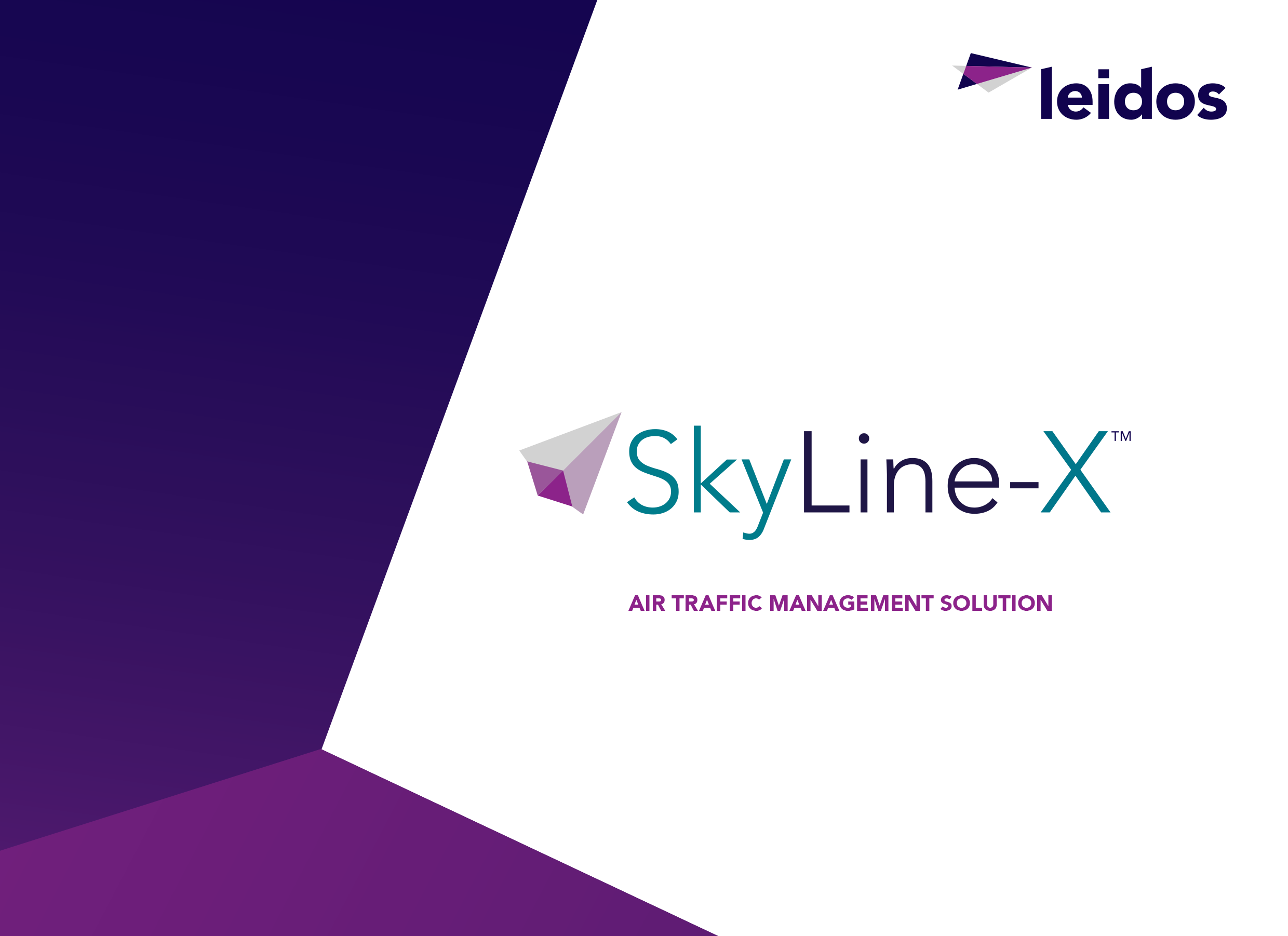

A. New technologies, including AI, have significant potential to enhance safety. We use AI for conflict detection on our ATM platform and are exploring tools to improve situational awareness in towers. AI supports decision making and reduces air traffic controllers’ mental load, allowing them to focus on higher-priority tasks.
We are in the early stages of developing digital aerodrome services and in-house tools, like object tracking technology, to enhance real-time awareness. Our dedicated team of software engineers is key to these innovations. AI also offers opportunities in training and simulation, preparing controllers for complex scenarios. Solutions should address specific problems, ensuring meaningful improvements.



Internally, we are minimising waste and exploring green energy solutions. We already use solar power and are trialling hydrogen fuel cells with positive early results. We have completed our first externally audited carbon footprint and are developing internal emissions reduction targets and plans.
Industry-wide collaboration is critical for a sustainable future in aviation. We are actively participating in decarbonisation initiatives with global partners, including the Green Lanes project and Trajectory Based Operations Pathfinder Project. By continually assessing risks and aligning with global standards, we are in a good position to stay ahead of these emerging risks.
A key project for Airways is reviewing our domestic surveillance airspace architecture to enhance operational efficiency, safety, service delivery and sustainability. This initiative aims to modernise New Zealand’s airspace design, improving standardisation and service quality, reducing delays and providing more efficient flight paths. More efficient airspace means lower fuel consumption and carbon emissions for our airline customers.

Industry-wide collaboration is critical for sustainable future in aviation.
A. Sustainability is a cornerstone of our strategy and fundamental to the evolution of the industry. Although air navigation service providers (ANSPs) are not aviation’s primary carbon emitters, we play a crucial role in making airspace as efficient as possible. We are focused on optimising all routes, both domestically and internationally, using procedures like continuous ascent and descent to reduce fuel consumption and emissions.

Close

James Young, CEO Airways New Zealand

Airways is always open to collaboration, and participating in CANSO events is a great start. We look forward to the Safety Conference, which has an exciting agenda and great participants. By understanding and openly discussing safety challenges, we can find the right solutions together.
ANSPs are generally trying to solve similar problems, so there is a significant opportunity for closer collaboration. By sharing best practices and challenges, we can learn more from each other and work together on developing standards and protocols. This collective approach would make regulation easier and facilitate the connection of systems and services among ANSPs.
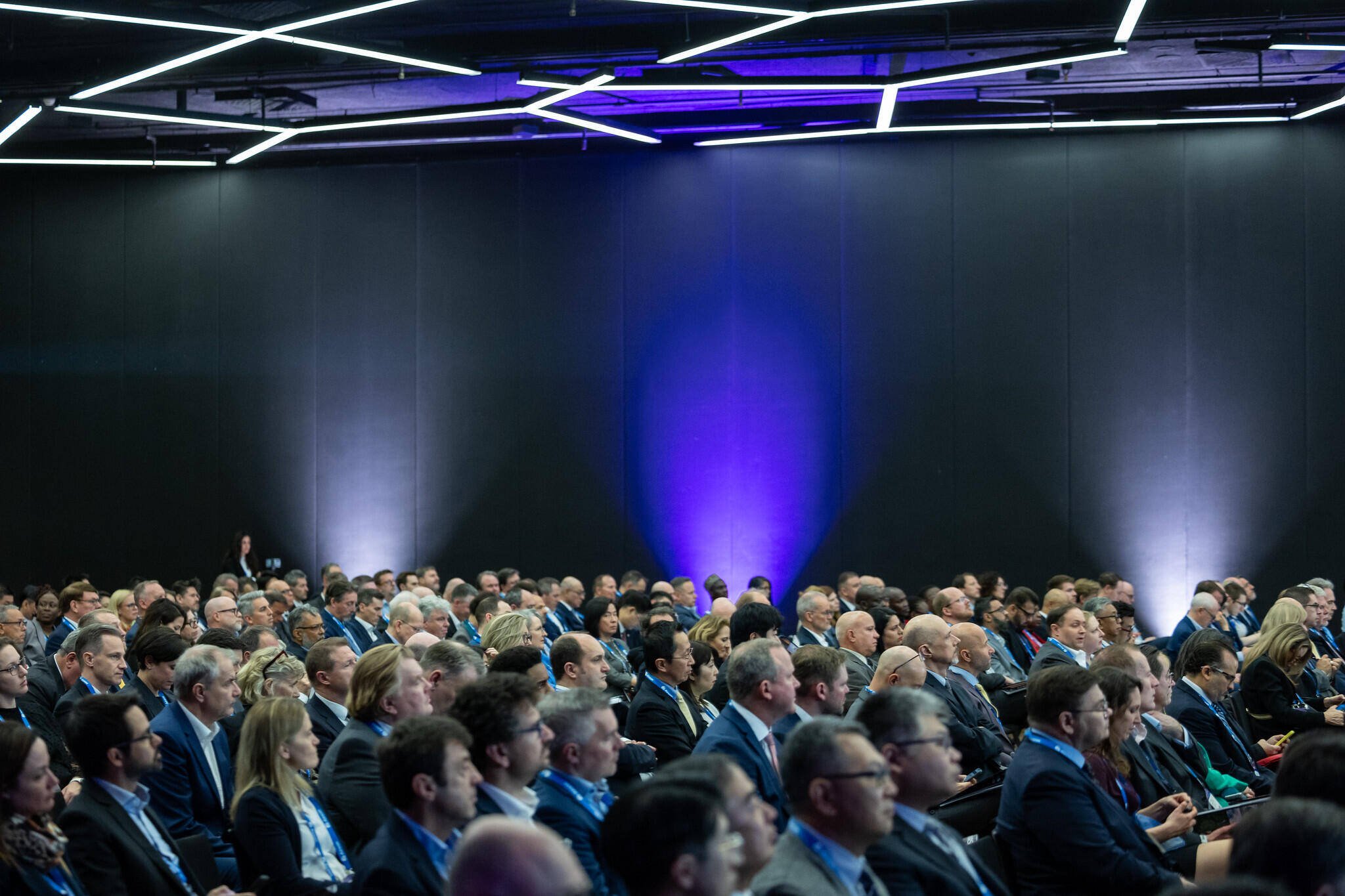

Safety

James Young, CEO Airways New Zealand, discusses how technology, resilience and collaboration are shaping the future of air traffic management.


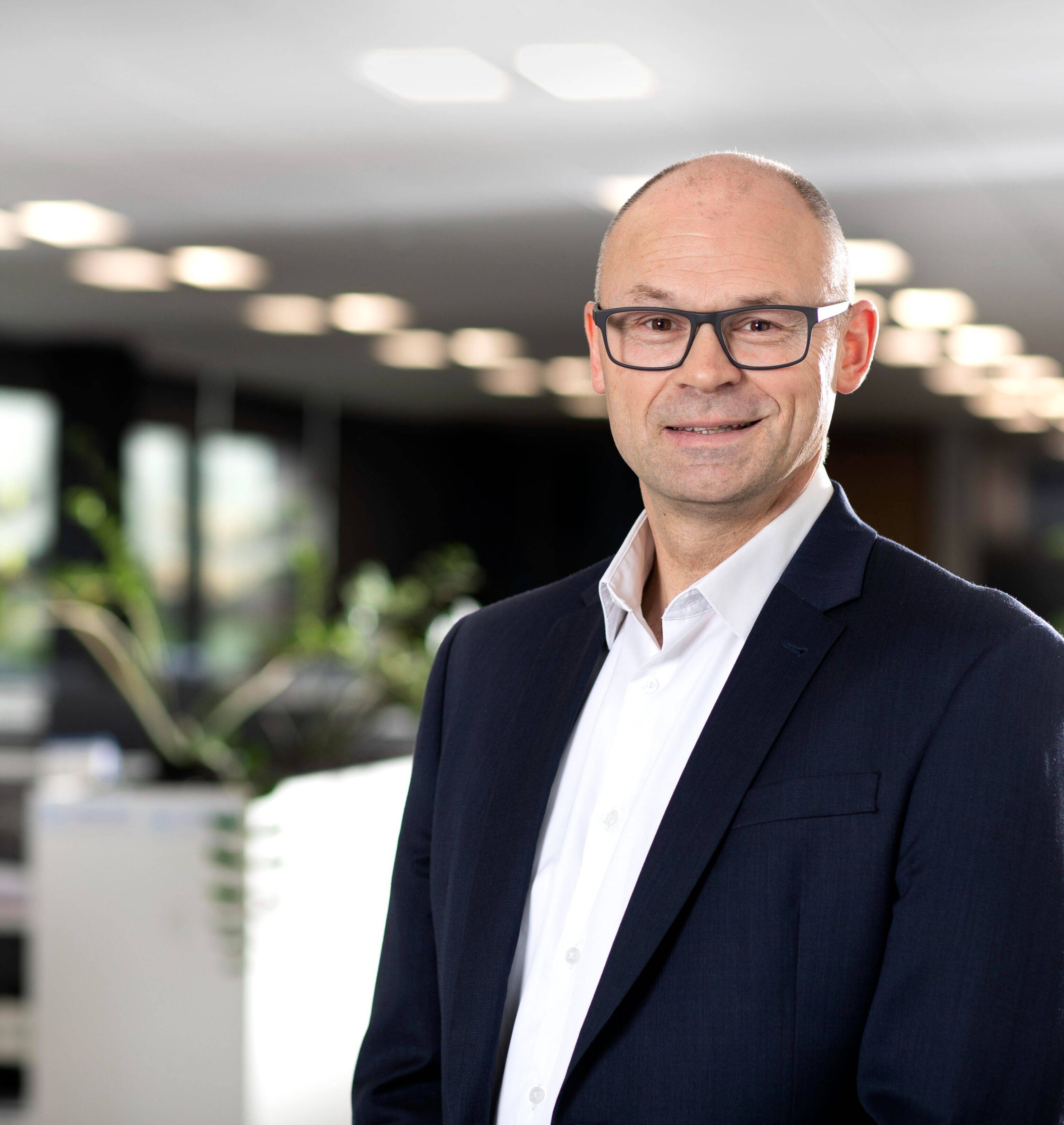
James Young, CEO Airways New Zealand

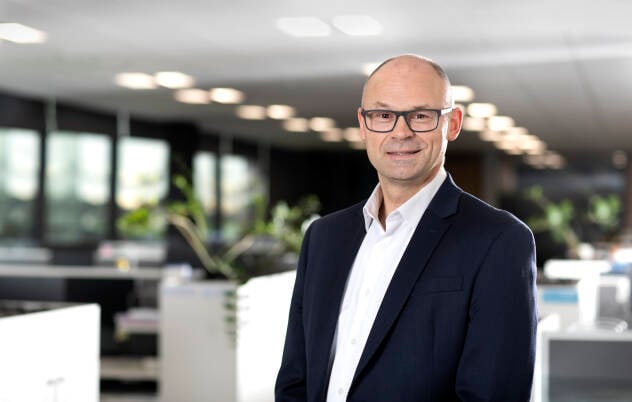
A. As aviation evolves, we must integrate new airspace entrants safely. Airways received a CANSO award for its work on Advanced Air Mobility (AAM) and, with further development, we will be a in a good position for wider integration to happen.
However, clear rules and compliance are essential. Seamless coordination between air traffic management (ATM) and unmanned aerial system traffic management (UTM) will be key, with automation playing a vital role in handling increased complexity.
Cybersecurity is another priority, particularly as we adopt cloud-based solutions and integrate drones and other unmanned systems. These technologies rely on wireless communication, making them potential cyber targets if not properly secured.
Continuous risk assessments and alignment with global standards help us stay ahead of emerging threats. A strong safety culture underpins everything we do. We embrace Just Culture principles, ensuring open reporting and learning to reinforce our safety management system.




A. Resilience became a major focus after the 2011 Christchurch earthquake, one of the most significant natural disasters in New Zealand’s history, prompting a reassessment of both system and structural vulnerabilities. This led to a comprehensive programme to strengthen our operations.
A major step was our 2023 transition to the SkyLine-X air traffic management platform – the most significant change in a generation – enhancing safety, efficiency and sustainability. Another key milestone was the commissioning of disaster-resilient air traffic control centres in Auckland and Christchurch. These facilities, linked by an advanced network, can seamlessly take over each other’s operations in an emergency.

Workforce resilience is also a priority. With an aging workforce, we are proactively investing in training, recruitment and succession planning to secure future capabilities. Diversity is another focus, as varied perspectives enhance our decision-making processes. We are advocating for the training age for air traffic controllers in New Zealand to be lowered to 18 to attract school leavers. Fortunately, Airways has strong talent, and we continue investing in their development.
Beyond our people, we are modernising airspace architecture to match technological advancements. The current design has evolved incrementally; we are now taking a cohesive approach to enhance efficiency, safety and sustainability over the next six years.
Resilience is embedded in all our projects, ensuring long-term flexibility and robustness in network, equipment and system updates.
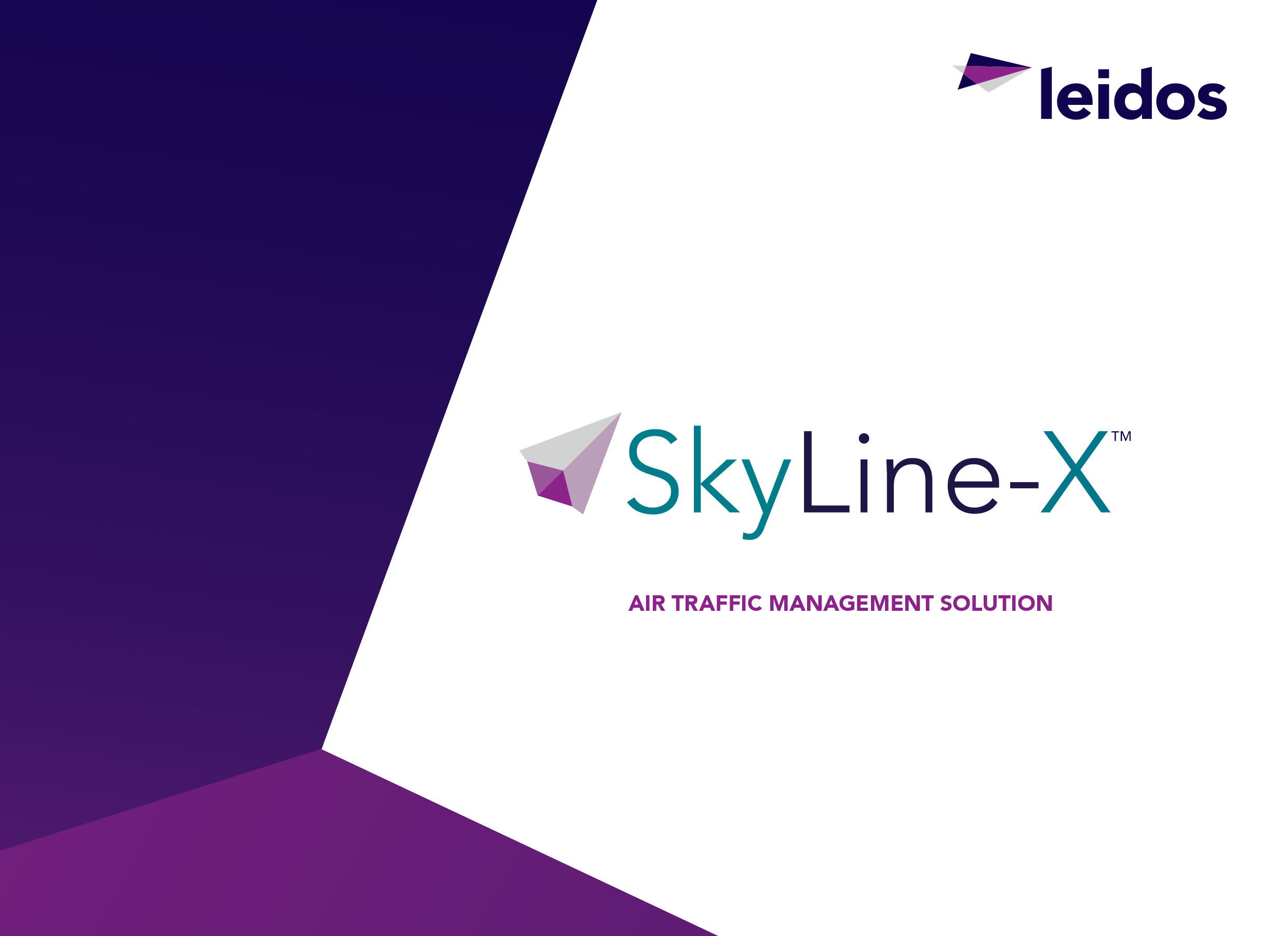

A. Yes, the SkyLine-X platform is performing well since it launched in late 2023 and is positioning Airways well for future technology advances. Co-developed with Leidos, it was tailored specifically for our environment.
Airways has a long-established in-house software development team, active since the 1990s. This expertise allowed us to collaborate closely with Leidos, ensuring the platform’s seamless integration. Our direct involvement means we can continually assess performance and make timely adjustments, an approach that has also benefited our artificial intelligence (AI)-driven operational enhancements.


A. New technologies, including AI, have significant potential to enhance safety. We use AI for conflict detection on our ATM platform and are exploring tools to improve situational awareness in towers. AI supports decision making and reduces air traffic controllers’ mental load, allowing them to focus on higher-priority tasks.
We are in the early stages of developing digital aerodrome services and in-house tools, like object tracking technology, to enhance real-time awareness. Our dedicated team of software engineers is key to these innovations. AI also offers opportunities in training and simulation, preparing controllers for complex scenarios. Solutions should address specific problems, ensuring meaningful improvements.


Internally, we are minimising waste and exploring green energy solutions. We already use solar power and are trialling hydrogen fuel cells with positive early results. We have completed our first externally audited carbon footprint and are developing internal emissions reduction targets and plans.
Industry-wide collaboration is critical for a sustainable future in aviation. We are actively participating in decarbonisation initiatives with global partners, including the Green Lanes project and Trajectory Based Operations Pathfinder Project. By continually assessing risks and aligning with global standards, we are in a good position to stay ahead of these emerging risks.

A key project for Airways is reviewing our domestic surveillance airspace architecture to enhance operational efficiency, safety, service delivery and sustainability. This initiative aims to modernise New Zealand’s airspace design, improving standardisation and service quality, reducing delays and providing more efficient flight paths. More efficient airspace means lower fuel consumption and carbon emissions for our airline customers.
Industry-wide collaboration is critical for sustainable future in aviation.
A. Sustainability is a cornerstone of our strategy and fundamental to the evolution of the industry. Although air navigation service providers (ANSPs) are not aviation’s primary carbon emitters, we play a crucial role in making airspace as efficient as possible. We are focused on optimising all routes, both domestically and internationally, using procedures like continuous ascent and descent to reduce fuel consumption and emissions.

James Young, CEO Airways New Zealand

A. ANSPs are generally trying to solve similar problems, so there is a significant opportunity for closer collaboration. By sharing best practices and challenges, we can learn more from each other and work together on developing standards and protocols. This collective approach would make regulation easier and facilitate the connection of systems and services among ANSPs.
Airways is always open to collaboration, and participating in CANSO events is a great start. We look forward to the Safety Conference, which has an exciting agenda and great participants. By understanding and openly discussing safety challenges, we can find the right solutions together.


